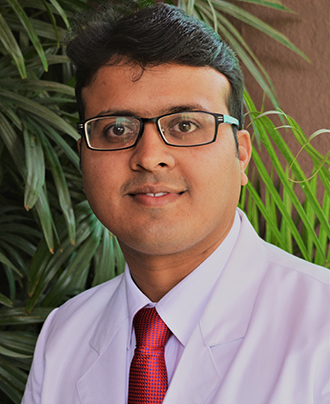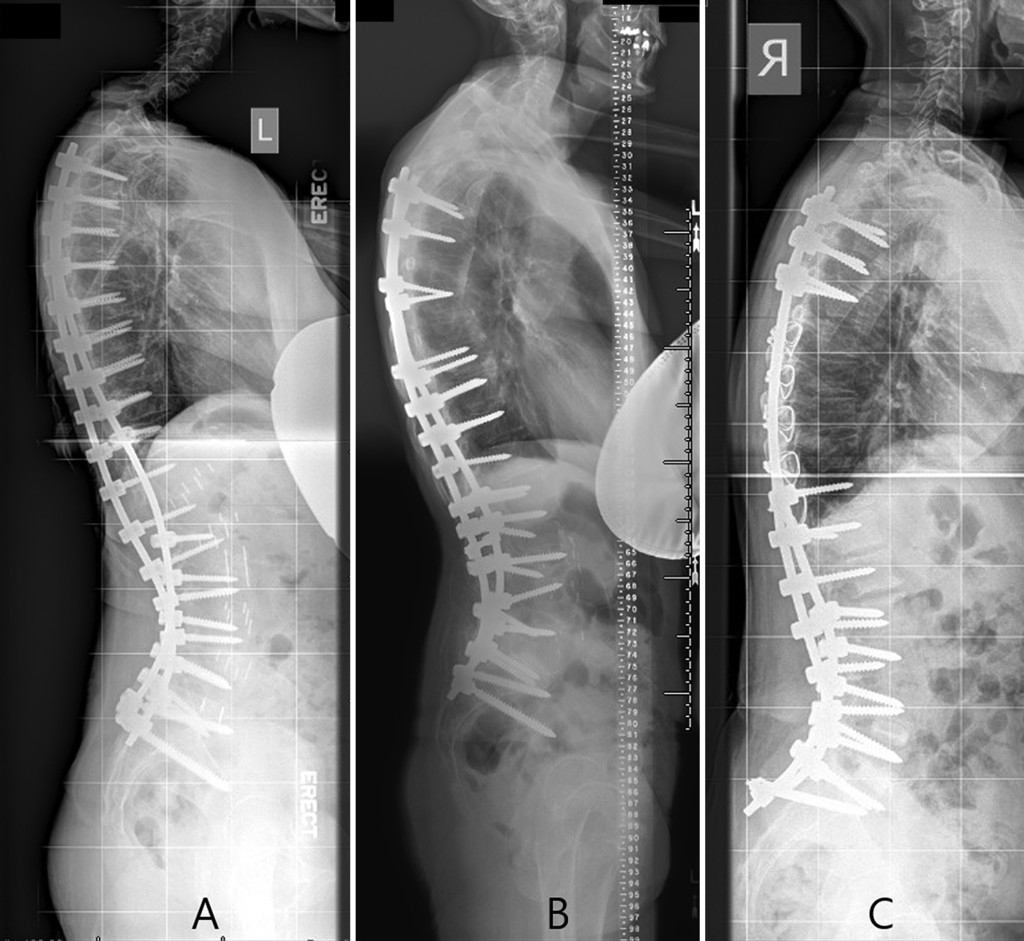Meet Our Doctor
Dr. Paresh Bang

Surgery for deformity spine In Nagpur

Surgery for deformity spine
SCOLIOSIS AND KYPHOTIC DEFORMITIES
Neurological Surgery physicians at the University of Florida treat patients with scoliosis and kyphotic deformities.
A rib hump, pelvic or shoulder height imbalance tend to common in the adolescent group. Intractable back pain, sciatica, leg weakness or numbness and gait difficulty are common reasons for surgical correction in adults.
Infantile Scoliosis occurs in children less than 3 years of age and is most commonly associated with other serious congenital or neurodegenerative disorders like cerebral palsy, tethered spinal cord, and myelomeningoceles, among others. Surgery is sometimes necessary, but often non-operative techniques are used to allow for spinal growth prior to a spinal fusion procedure.
Kyphosis
Kyphosis is seen when a person’s spinal balance has moved too far forward to allow the spine to effectively carry the body weight without progressive deformity, pain or neurologic loss of function. Patients typically walk in a forward flexed posture being unable to stand up straight. This condition can also occur along with scoliosis causing Kyphoscoliosis.
Treatment Options
Treatment recommendations are made based on a combination of the severity of the curvature of the spine, the impact on the patient’s ability to function on a day-to-day basis, their age and other medical conditions. In very selected cases in younger, cosmetic appearance is a reason for surgery. In general, the treatment should match the magnitude and risks of the symptoms.
Bracing
In more mild forms of spinal deformities, bracing may be an option for younger patients where the spine may be .encouraged. to grow straighter. Adults may get some relief of pain with a brace, but it will not correct the deformity. Bracing may cause some problems like skin irritation or muscle disuse.
Physical Therapy
A mainstay of treatment is the flexibility and core strengthening of the spine, which can be enhanced by Physiotherapy (PT). There are many acceptable forms of PT, but they all share an active component where the patient exercises and strengthens the spinal musculature, improves range of motion and balance. It should be an active process, not simply limited to passive modalities like heat, ice or massage.
Pain Management Injections
The injection of cortisone and similar medications with can offer temporary of focal relief of pain from mild nerve compression or joint arthritis. The injections are frequently repeated in groups of three and can only be given safely once or twice per year because of the side effects of the medications.
Surgical Correction
Prior to considering surgery, the typical patient should have tried and failed to manage their symptoms with non-operative treatments. Surgery should be considered in patients whose pain in medically refractory, or have neurologic symptoms including weakness, numbness or bowel or bladder dysfunction. Progressive worsening of the curvature is a common reason for surgery, and is the reason that patients are followed with yearly x-rays.
